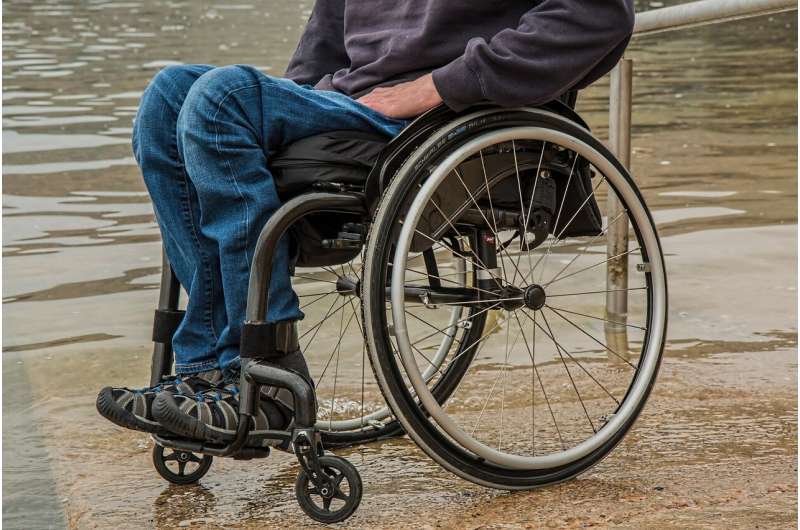Many taxi drivers discriminate against wheelchair users

We live in a society where disabled people routinely suffer identity-based discrimination resulting in them being made to feel unequal.
The recent article published by the BBC on the experience of disabled actress Ruth Madeley by a taxi driver, where he told her it was "too difficult" to drop her at an accessible entrance and it wasn't his problem if she couldn't use stairs, highlights just one example of disablist attitudes by transport providers.
This concurs to my current research where a severely visually impaired woman was dropped at the side of a busy road by a taxi driver, for which she then had to struggle to get across to the other side safely.
This kind of behavior by taxi drivers is more widespread within society than people may think. While many taxi drivers don't discriminate or have disablist attitudes some do.
My research has found that wheelchairs users are being told by taxi operators there are no accessible taxis available and that taxi drivers themselves are refusing to take those in powered wheelchairs.
One individual stated, "I approached five taxis who all refused to take me home when my power wheelchair was about to die."
If they do finally manage to access a taxi, they are being charged higher rates compared to those who are able-bodied.
These extra charges have previously been highlighted in an undercover study carried out by BBC's Inside Out in 2015. There has also been one landmark case where a taxi driver was taken to court after refusing to take a wheelchair user to the train station and causing her to become upset and missing her train.
Yet, six years on cases like this are still occurring and there seems to be a lack of consequence for the taxi drivers who are committing these discriminatory acts.
This is a clear breach of the Equality Act 2010 sect 165 & 167 which includes a requirement for drivers to accept and assist wheelchair users and make no extra charge. As a society, we should be calling out behavior that treats people unequally and unfairly as unacceptable. Local authorities should be implementing license bans for those committing this kind of behavior, as this targeting of wheelchair users should be deemed prejudicial.
Many wheelchair users rely on taxis rather than public transport, they are more convenient, and they are preferable especially when considering the negative often hostile attitudes that disabled people regularly experience from other passengers and public transport staff.
Disabled people often suffer isolation due to their disability which prevents them from fully taking part in society. Last year marked the celebration of 25 years since the Disability Discrimination Act 1995. While this legislation was a step in the right direction, one of those being the recognition of the lack of access to transport for disabled individuals, these access issues are still happening in the 21st century and this is a clear reminder that more needs to be done.
Similarly, numerous studies highlight that disabled people face economic disadvantages and are more likely to be living in poverty compared to those who are able-bodied. These higher charges are impacting upon them financially. Therefore, this discriminatory behavior from taxi drivers serves to compound the existing problems that disabled people have faced for years.
The key focus requires taking a stand against attitudes that reinforce disablism. Public organizations like local authority licensing departments need to develop public communications and implement awareness-raising to challenge these discriminatory mindsets and practices, to help safeguard wheelchair users and implement consequences for those who continue to exhibit discriminatory and disablist attitudes.
The implementation of these kinds of strategies would be a step in the right direction to address the extent of this issue, to allow wheelchair users to regain their independence within society.
BBC Inside Out: www.bbc.com/news/uk-england-st … affordshire-31169638







